
They thrive without oxygen, growing in salty, alkaline conditions, and may offer insights into what kinds of life might survive on Mars. They’re a new species of organism, isolated by scientists at the National Space Science and Technology Center (NSSTC) in Huntsville, Alabama.
The discovery, published in the May issue of the International Journal of Systematic and Evolutionary Microbiology, identifies a species named Spirochaeta americana by the two NSSTC scientists – Richard Hoover and Dr. Elena Pikuta. They isolated this new organism from oxygen-deprived mud sediments from Northern California’s Mono Lake – a salty, alkaline lake in an enclosed volcanic basin that Hoover believes may offer new insights into potential life on Mars.
The microorganism, a long, thin bacteria, is an extremophile – an organism that can survive in some of the harshest conditions on Earth. Although there are vast numbers of bacteria and archaea, only about 6,000 species have been described and validly named and only a small fraction of them are extremophiles.
Like the recently discovered species, several other Spirochaeta are extremophiles. “The environment these bacteria inhabit would be distinctly inhospitable to many other life forms, including humans,” said Pikuta. Humans and other multicellular organisms need oxygen to survive. Spirochaeta americana grows in the absence of oxygen. Humans drink fresh water, while this organism thrives in high-mineral, salty environments. On the pH, or acidic-alkaline, scale of 0-14, humans prefer a mid-range between 6.5 and 7.5, while this organism prefers 8.0 to 10.5.
The most ancient life forms on Earth, extremophiles can thrive in acid pools, super-heated volcanic vents, glaciers, nuclear reactor wastes, at high pressure and absolute darkness in deep-sea abysses and in rocks far beneath the Earth’s crust – conditions that would be lethal to most other living things.
Many also survive without oxygen. “While life requires liquid water and energy, it doesn’t always require oxygen,” said Hoover. In fact, strictly anaerobic microorganisms like Spirochaeta americana cannot live in the presence of oxygen, offering encouragement to scientists who study biology with an eye trained beyond our home planet.
“Since other bodies of the Solar System lack our oxygen-rich atmosphere, microorganisms that thrive without oxygen are good candidates for astrobiology research,” said Hoover. “If, or when, we find life on other planets, our first discoveries will probably be microorganisms.”
By exploring the limits of life on Earth, these scientists hope to shed new light on what kinds of life might exist on other places in our solar system, such as the planet Mars or on Ganymede or Europa, two of Jupiter’s 52 moons. Because these celestial bodies are thought to have water, scientists consider them likely candidates to sustain life.
For this reason, microorganisms like Spirochaeta americana, that thrive in the sulfide-rich hypersaline, alkaline mud sediments of Mono Lake are of great interest to astrobiologists. “The goal of astrobiology is to answer the question of whether life exists exclusively here on Earth, or is widely distributed throughout the universe,” Hoover said.
“Planets like Mars have conditions that would challenge the existence of highly organized multicellular organisms such as we find on Earth, but that doesn’t mean these harsh places can’t sustain microbial life forms,” he said. “By studying microorganisms found in Earth’s extreme places, like Mono Lake, we can better understand how life might exist on Mars.”
Covering a 70-square-mile area, Mono Lake is a terminal lake, meaning water does not flow through it. Instead, water enters the lake from hot alkaline springs, rainfall and streams and leaves only by evaporation. As water evaporates, it leaves behind chemicals that have become more concentrated over thousands of years and many of the minerals present are formed through microbial activity. As a result, its water is twice as salty as seawater and extremely alkaline, with a pH of 10.
Hoover’s search for life in extreme conditions has taken him to extreme locations, including the volcanoes of Hawaii and Greece, Antarctic mountains and the South Pole, the permafrost of North Siberia and the glaciers of Alaska.




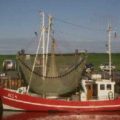
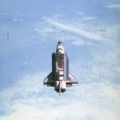


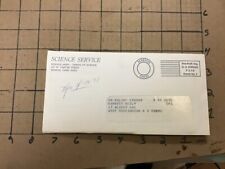


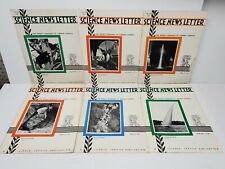



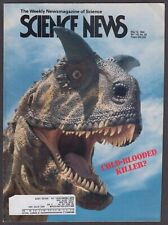


Comments are closed.